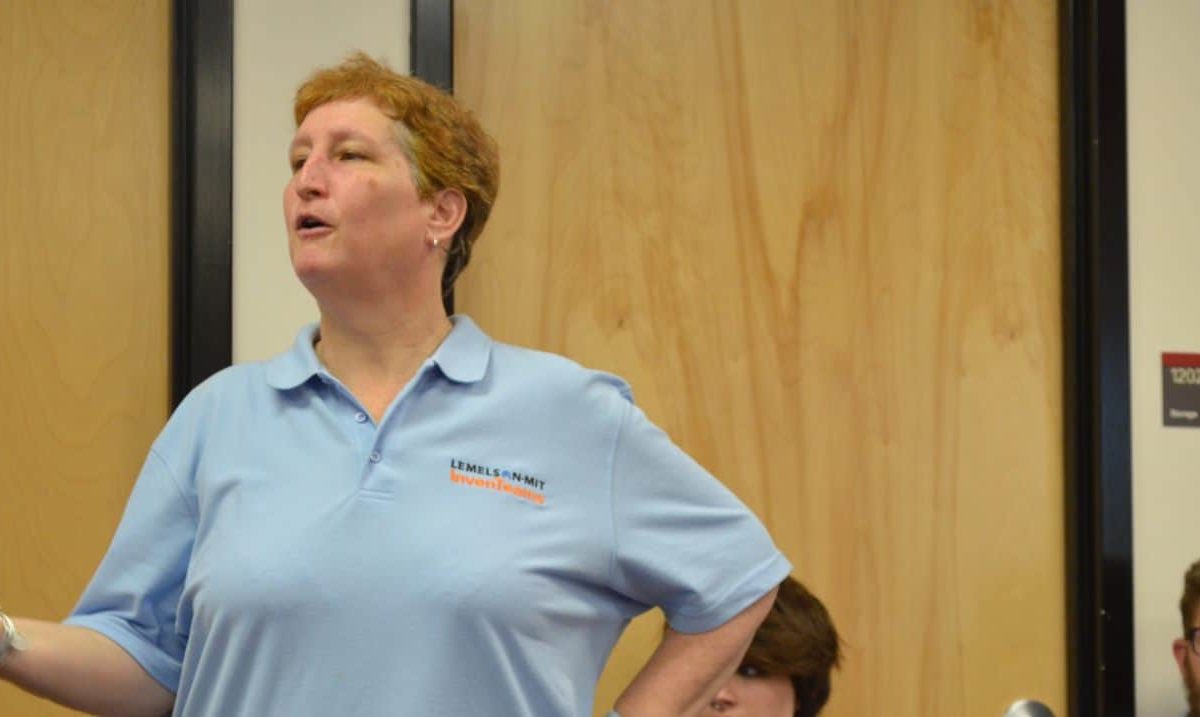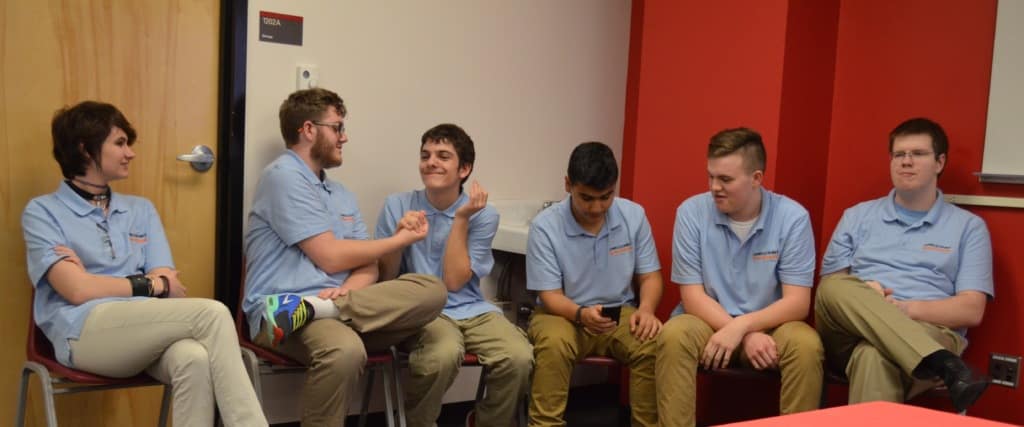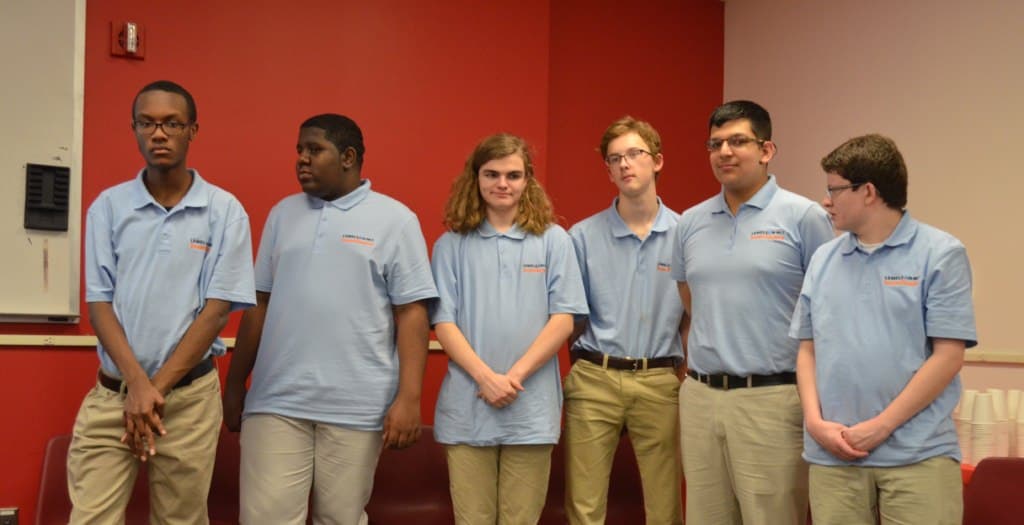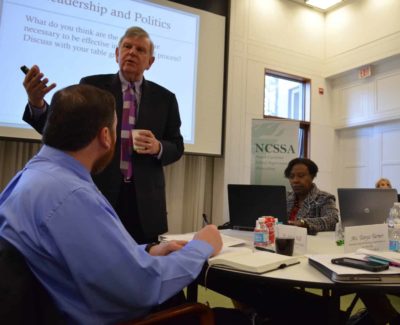
In February, 12 students with disabilities gathered in a small room at The Science House at North Carolina State University. They nervously sat in front of a packed room of friends, supporters, mentors, and staff from the Catalyst program.
When the moment came, the students stood in front of the crowd and explained their invention – one for which they had been awarded $10,000.
The invention is a mat that can detect lameness in cows. It may seem like an odd innovation, but lame cows cost farmers thousands of dollars, and more than 20 percent of cattle end up lame, according to the student team.
The invention is not entirely unique. A lameness-detecting device is available for purchase by farmers, but it costs almost $100,000. The students’ invention would sell for less than $1,000, making it a more appealing alternative.

“We really don’t get chances like this because of our disability,” said Catalyst InvenTeam member Jennifer Hendricks, a student at Athens Drive High School. “And people usually look down on it. And Miss Blumenfeld really said, ‘Hey, you all can do whatever you want. So just do it.’”
“Miss Blumenfeld” is Joann Blumenfeld, a science teacher, former Kenan Fellow and the Catalyst program director.
She explained that the team was selected as one of the top 15 teams in the country in the Lemelson-MIT InvenTeams, a national competition between high school inventors. The Catalyst InvenTeam was the only one made up entirely of students with disabilities. Students are using the $10,000 prize to make the prototype of their lameness detecting mat.
Blumenfeld said the prototype should be ready ahead of the students’ trip to MIT where they will present again in June.
The Catalyst program targets high school students with disabilities and teaches them about STEM fields through a week of camp and monthly meetings. Blumenfeld offered the Catalyst students the opportunity to participate in InvenTeam. Twelve students joined.
The disabilities of the participating students are varied, Blumenfeld said. The InvenTeam students will set out on different paths after high school.
“Some will head to Wake Tech. Some will head to N.C. State,” Blumenfeld said. “It’s different levels of ability. But they’re all headed to STEM careers, and that’s the goal.”
For the students who participate, the experience is exciting. Nicholas Starr, a junior at Cedar Ridge High School in Hillsborough, said he is impressed with what his team has been able to accomplish.

“This opportunity that I’m having right now would be a blessing to me, because there’s no other program of science like this,” he said.
Michai McLaughlin, a sophomore at Sanderson High School in Raleigh, says being involved with the InvenTeam has been a confidence booster.
“Even though we’re working on the invention, some people say ‘They can’t do it,'” he said. “Miss Blumenfeld says ‘Don’t worry about it. Just do your best.'”
In attendance at the presentation last month was Anthony Perry, invention education coordinator for Lemelson-MIT. He said that the competition shows that big discoveries or STEM projects do not have an age limit.
“What’s important for us is that everybody knows that invention can happen everywhere,” he said. “Young people can identify real problems, and they can use technology to make a difference.”
For Blumenfeld, it is no surprise that her team did so well in the MIT competition. After all, she said her team members have overcome challenges their whole lives.
“Think about a special education kid,” she said. “They have to think outside of the box. They have to persevere. They’re inventing something every day to do what we do normally.”

